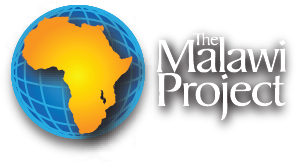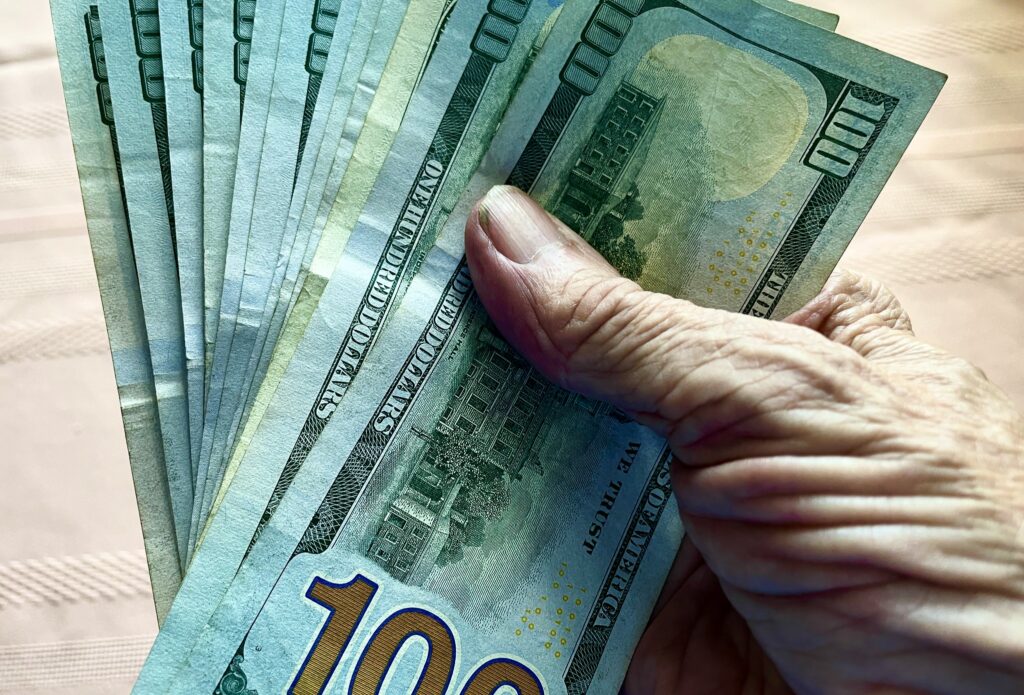Lilongwe, Malawi … Leaving a nation, (the U. S.), where a 5% inflation rate exerts a multifaceted impact on the economy, it is challenging to the visitor to comprehend the consequences of an inflation rate on daily life in Malawi of well over 100%. Because the conversion rate of the Malawi Kwacha to the U.S. dollar does not move in direct proportion to inflation, massive increases in inflation severely impedes programs and support from America and Europe.
For those in Malawi who are reliant on the dollar for assistance, the past year has been an unprecedented economic hardship.
In June 2024, the exchange rate between the U.S. dollar and the Malawi Kwacha was $1.00 to 1,745 Kwacha. Today the rate is $1.00 to 1,750 Kwacha, reflecting little measurable change. Even though this exchange rate has changed little over the past year the cost of goods has gone up drastically. Examples are:
A loaf of bread: In 2024, it was 1,000 Kwacha. Today it is 4,000 Kwacha.
Thirty Eggs: In 2024, they cost 4,000 Kwacha. Today the cost is 13,500 Kwacha.
1 Kg of Sugar: In 2024, the cost was 1,200 Kwacha. Today it is 2,500 Kwacha, and with a shortage taking place currently, it is running as high as 4 to 6,000 Kwacha.
In 2024, the price of cement was 19,600 Kwacha for a 50 kg bag. Today it is 33,500 Kwacha.
Fertilizer was 83,000 in 2024. Today it is 134,000 Kwacha for a 50 kg bag.
Since the exchange rate and inflation rate are distinct entities, it would be necessary for the exchange rate to more than double for the Malawi recipient to have the same buying power they had a year ago. Sadly, though, the exchange rate has not changed measurably in the past year, while the cost of goods has doubled, and in some instances, tripled.
U.S. or European currency donations for assistance programs would need to double (or more) to maintain their same purchasing power as a year ago.
It is a sad plight where the poor suffer the greatest.

